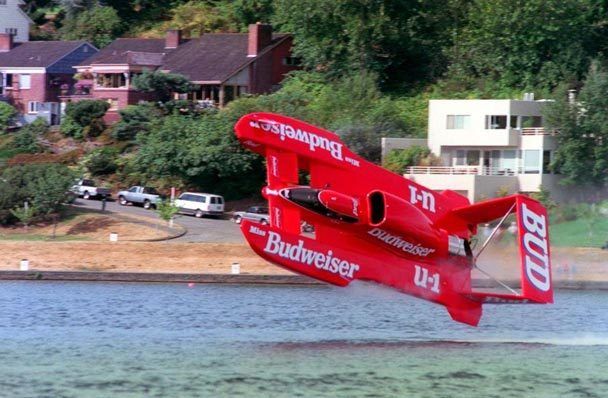Jake Ellwood
Well-Known Member
- Joined
- Aug 11, 2019
- Messages
- 123
Hi all and Merry Christmas!
While working on the hull I recently picked up. I noticed that the "centre" of the boat being the cockpit etc is about 1 inch further to one side than the other. I panicked initially, thinking it was a crap hull and/or my eyes were deceiving me.
Looking online though, it seems as though this is the case with the Miss Budweiser Hydroplanes (at least, not sure about the others) - it can be seen well here.

Can anyone offer any insight why this is done? I am very curious and tried to search, but my google skills failed me
TIA
Jake
While working on the hull I recently picked up. I noticed that the "centre" of the boat being the cockpit etc is about 1 inch further to one side than the other. I panicked initially, thinking it was a crap hull and/or my eyes were deceiving me.
Looking online though, it seems as though this is the case with the Miss Budweiser Hydroplanes (at least, not sure about the others) - it can be seen well here.

Can anyone offer any insight why this is done? I am very curious and tried to search, but my google skills failed me
TIA
Jake






